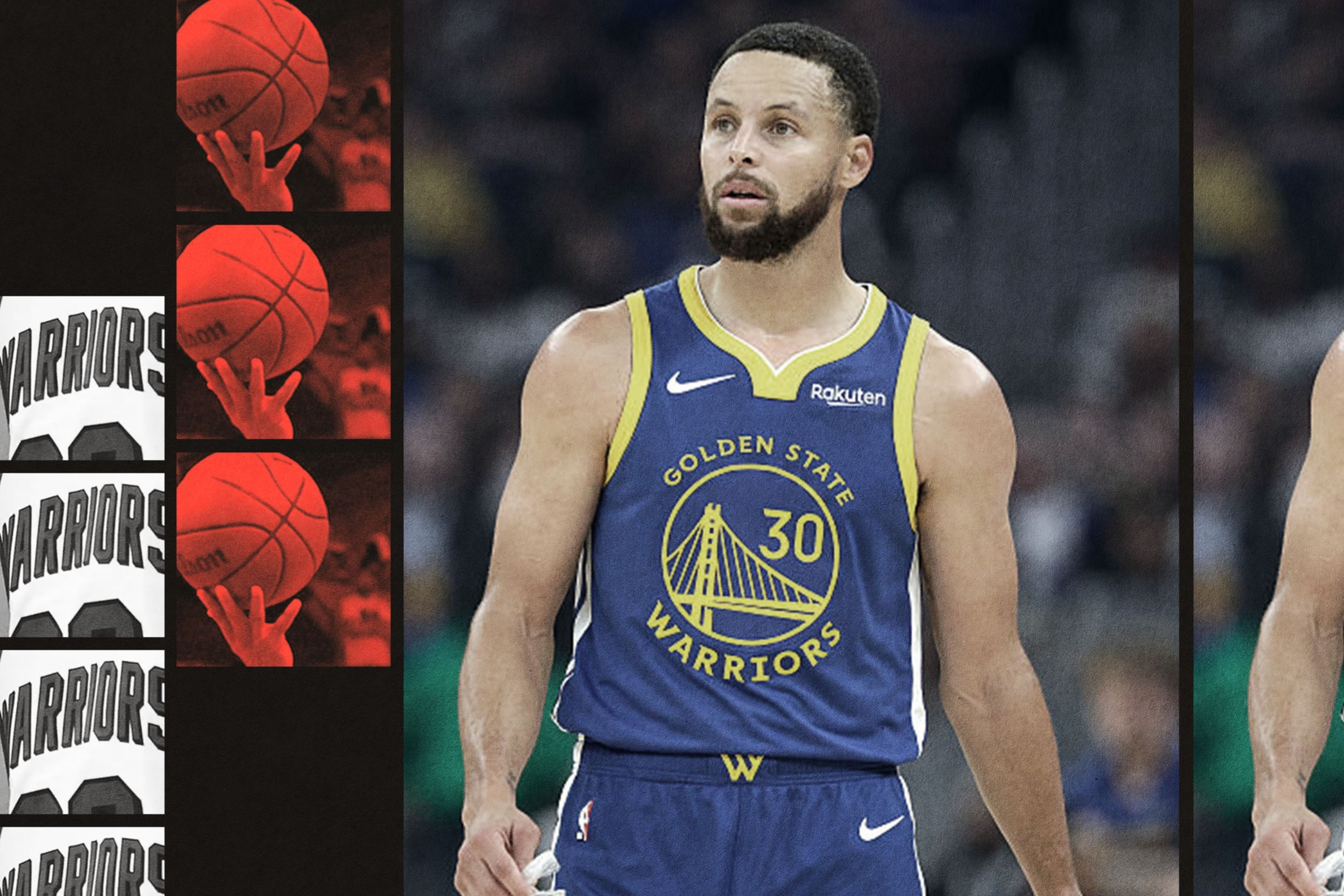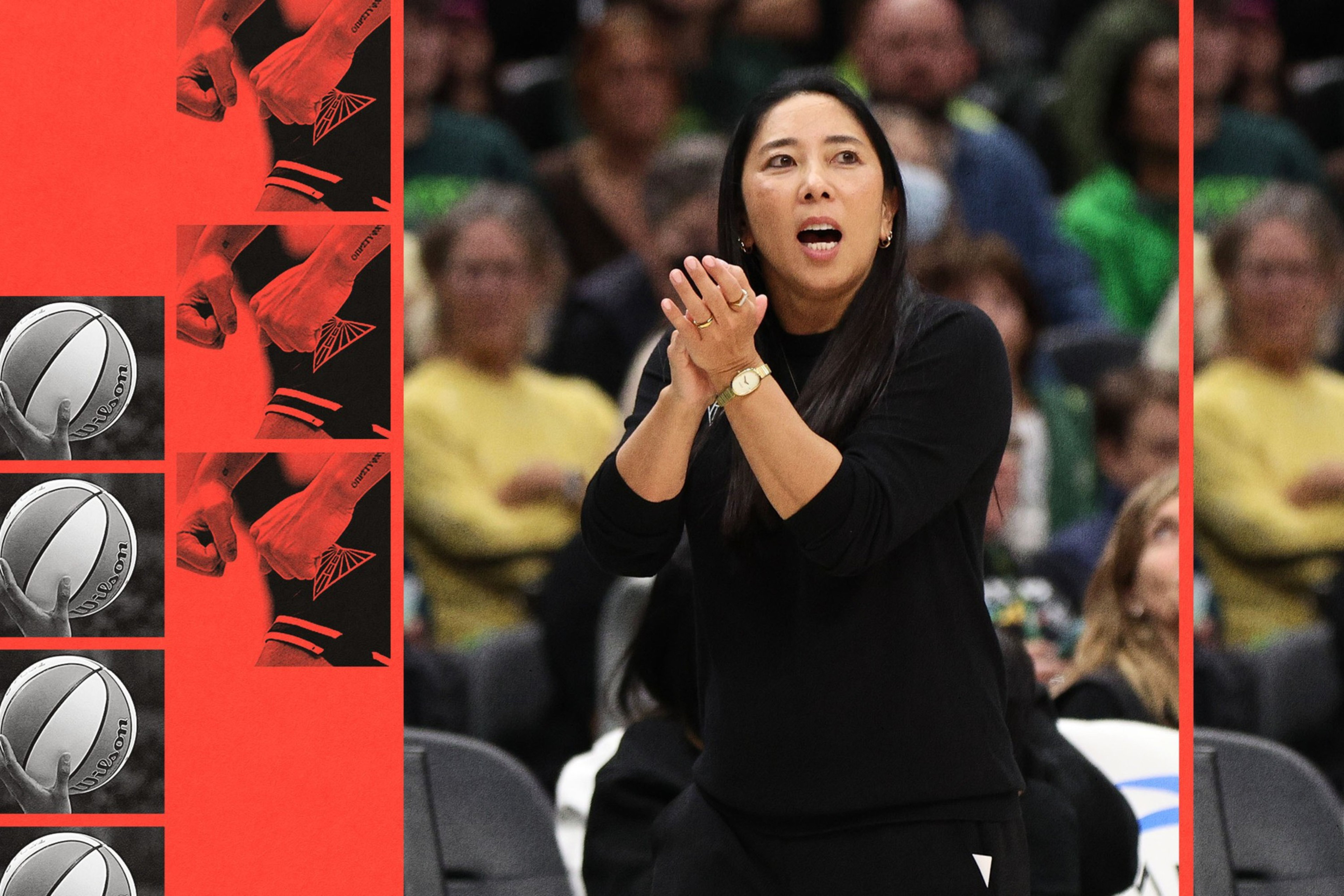Want the latest Bay Area sports news delivered to your inbox? Sign up here to receive regular email newsletters, including “The Dime.”
Beyond the stunning and splendid finish to last week’s All-Star Game, which featured an unprecedented Home Run Derby to determine the game was won by the National League, a subplot out of Atlanta was the use of the Automated Ball-Strike System.
Specifically, the challenge system.
Four of five challenges of ball-strike calls were overturned, and the process — showing the computer findings on the stadium scoreboard — was conducted so quickly that it didn’t distract from the rhythm of the game.
Commissioner Rob Manfred’s plan is to introduce the ABS challenge system next season. If it goes well for players, teams, and umpires, expect it to serve at some point as the precursor to a full ABS system with technology deciding balls and strikes on every pitch, leaving umpires with far less autonomy.
Section 415: Making sense of the Warriors’ uneven start

Section 415: How Natalie Nakase turned the Valkyries into an immediate force

Section 415: Tim Kawakami analyzes the 49ers, Giants, and Warriors

And leaving defensive-minded catchers with far less value.
“It takes a lot off my plate in a bad way,” Giants catcher Patrick Bailey said. “I think it takes a lot of value from the catching position that’s already, in my opinion, pretty undervalued. So, yeah, I think you’re going to see a lot of catchers out of baseball with the ABS.”
Bailey is considered the best pitch framer in the business, strategically positioning his mitt and body to influence an umpire to call a strike on a borderline pitch. As Giants ace Logan Webb said, “I’ve got a pretty good catcher back there who makes a lot of pitches look like strikes.”
It’s an age-old skill that catchers try to perfect, and Bailey has been closer to perfection than any other catcher the past few years. That’s documented through Statcast’s catching stats including strike rate and catcher framing runs.
For Bailey, it’s not about “stealing” strikes as much as making sure the umpire calls a strike a strike. But if the framing is so good that an umpire will call a ball a strike, so be it.
Major League Baseball has experimented with a full ABS system in the minors since 2019, including in Triple-A in recent years. If the full system eventually arrives in the majors, Bailey imagines some top defensive catchers could be out of a job.
“There’s a lot of guys who stick around a long time and have a really good reputation defensively and for working a pitching staff,” Bailey said. “I think it could end up being a bunch of corner infielders and outfielders who have good arms that can hit some homers.”
Now that would be a dramatic shift to the game, a big lug behind the plate who does nothing but play catch with the pitcher and once in a while throws down to second base. We hope that never materializes. The art of catching should never go away, though we see some of it wiped out with PitchCom. It has been too unique to the game for too long to further downplay or even eliminate its value.

As for the challenge system, Bailey called it “interesting — I just think it changes a lot of the game.” Two challenges are allowed per team per game — either the catcher, pitcher, or batter can challenge – but the team retains its challenges with successful reviews, meaning many calls that were made due to Bailey’s framing could be overturned, essentially lessening his skillset.
In 2023 and 2024, Bailey led the majors in both strike rate (getting calls on pitches one ball width inside and one ball width outside the zone) and catcher framing runs (a formula that converts strikes to runs). This year, he’s tied for first in the former and is fifth in the latter, which are still elite framing numbers.
The hitting stats are a different story. Bailey has been offensively challenged this season, batting .205 with a .268 on-base percentage and .297 slugging percentage, all career lows. He has two homers, one that cleared the wall, and remains in the lineup as the Giants’ primary catcher because of his Gold Glove defense.
If the game strips away some of his attributes in the future, his value might not be as high. But there’s more to catching than framing. As president of baseball operations Buster Posey stresses, a major part of the catcher’s job is handling the pitching staff and all the different pitchers’ intricacies and personalities, and Bailey has earned universal respect among the starters and relievers.
Until further notice, and unless the Giants acquire a catcher at the trade deadline, Bailey remains the long-term guy. No catcher in their farm system is among their top prospects, and their highest catcher selected in last week’s draft came in the 11th round, Rod Barajas Jr. out of Saddleback Community College, whose dad was a big-league catcher for 14 seasons.
I’ve spoken with many big-leaguers about ABS, and while most don’t want computers calling all balls and strikes because they still appreciate the human element provided by the plate umpire, they are OK with the challenge system so long as it’s done right, starting with the definition of the strike zone.
I propose something different entirely, and that’s forcing the umpires to be better by treating them like players. In other words, making accountability more prominent.

Here are two ways to do so.
No. 1 is to post all umpire stats on the scoreboard in real time, just as we do with the players, so fans can judge their success rates. What’s their strike zone? How accurate are they? How often do they get it right? And wrong?
No. 2 is to demote umpires to Triple-A who are not performing well and promote those who are on a hot streak and show great potential, just as we do with players. Not that the umpires union would allow it, but it should be considered.
It’s all about being accountable. There are consequences for players who don’t perform well, but umpires who tend to blow calls or bait players and aren’t disciplined or penalized still maintain job security. They’re supposed to be the best umpires in the world, but they could be better.
And if they were better, perhaps we wouldn’t be talking about a full ABS system and robot umps.
“I don’t necessarily hate the challenge system,” Webb said, “but full ABS, I don’t think I’d be a fan.”
